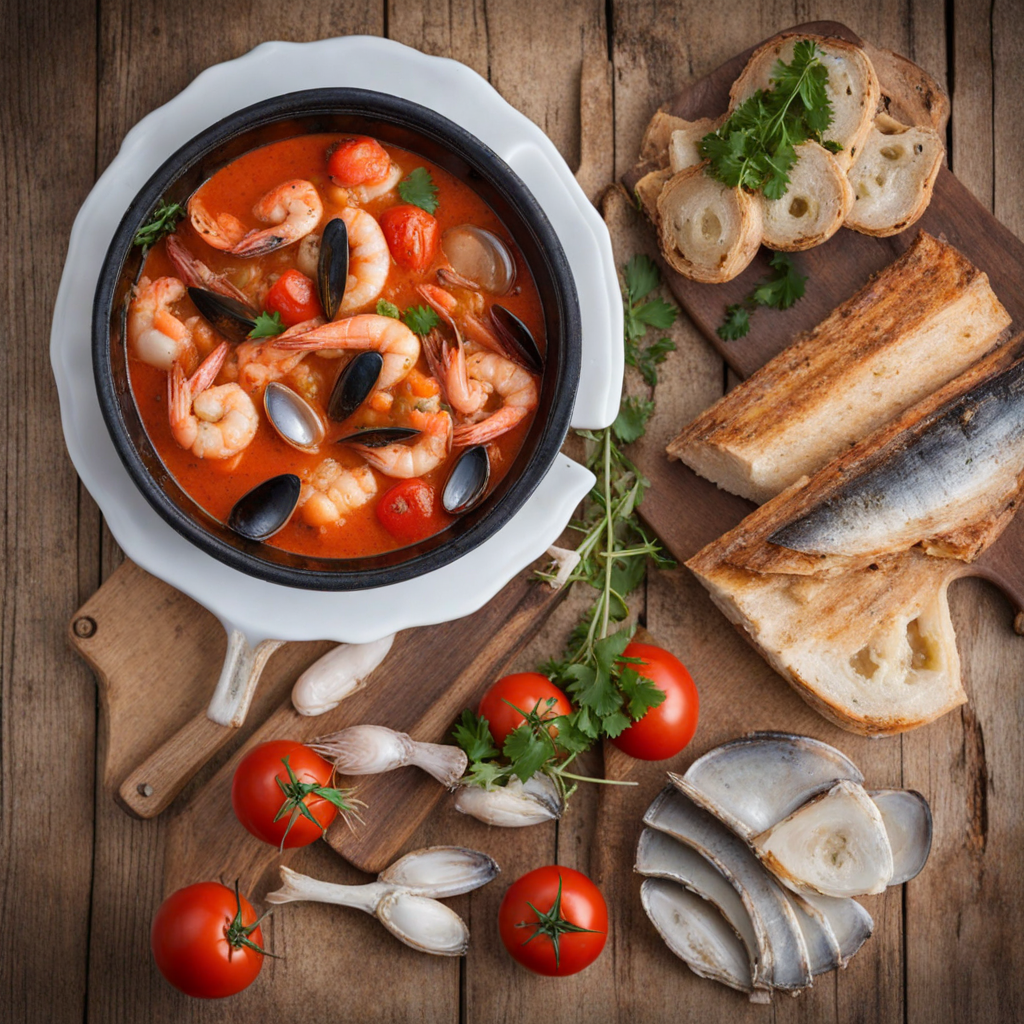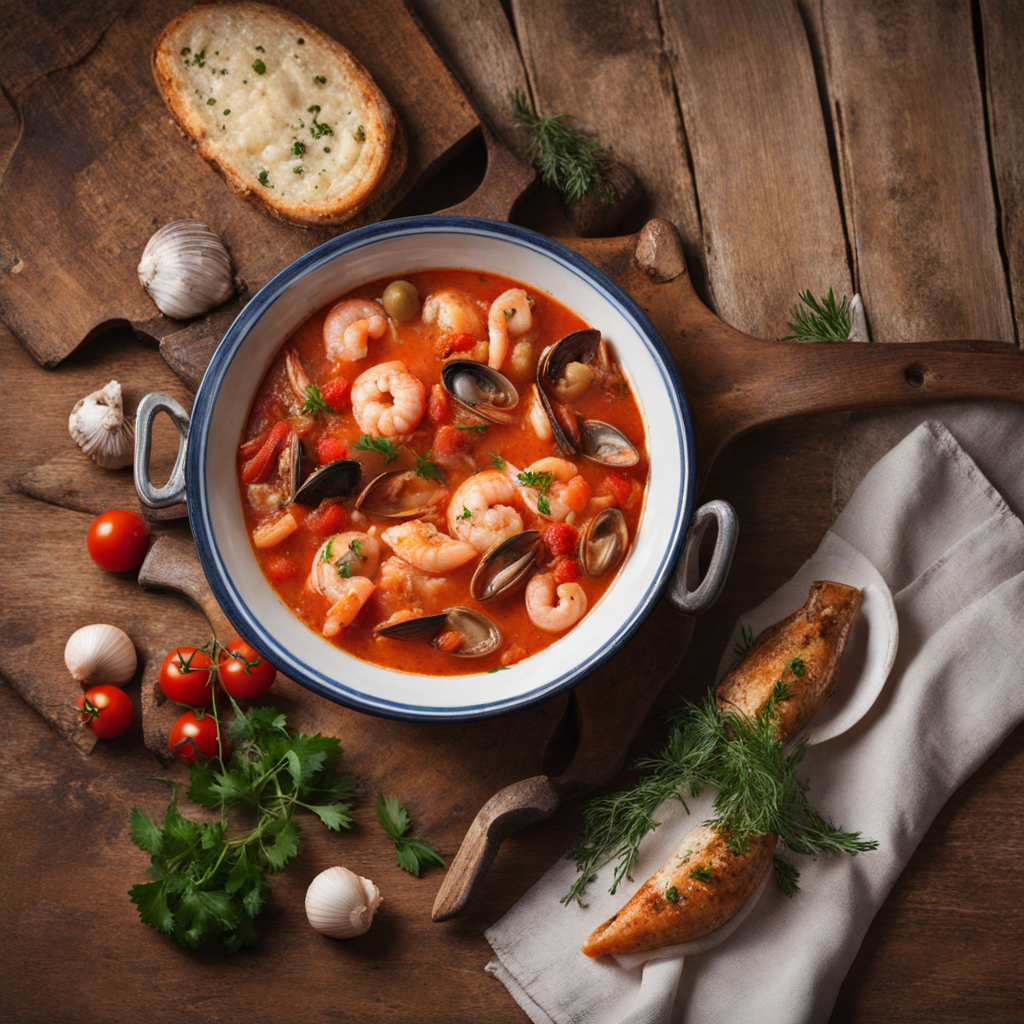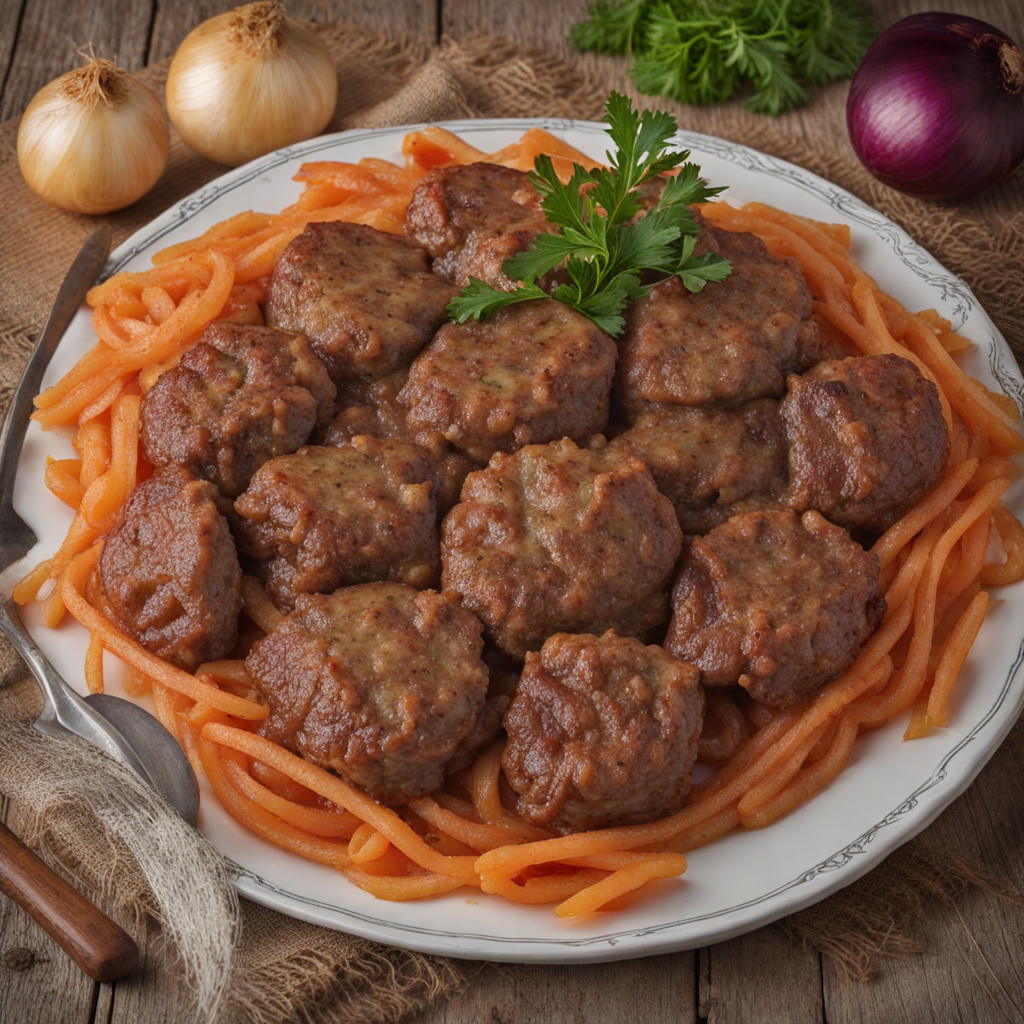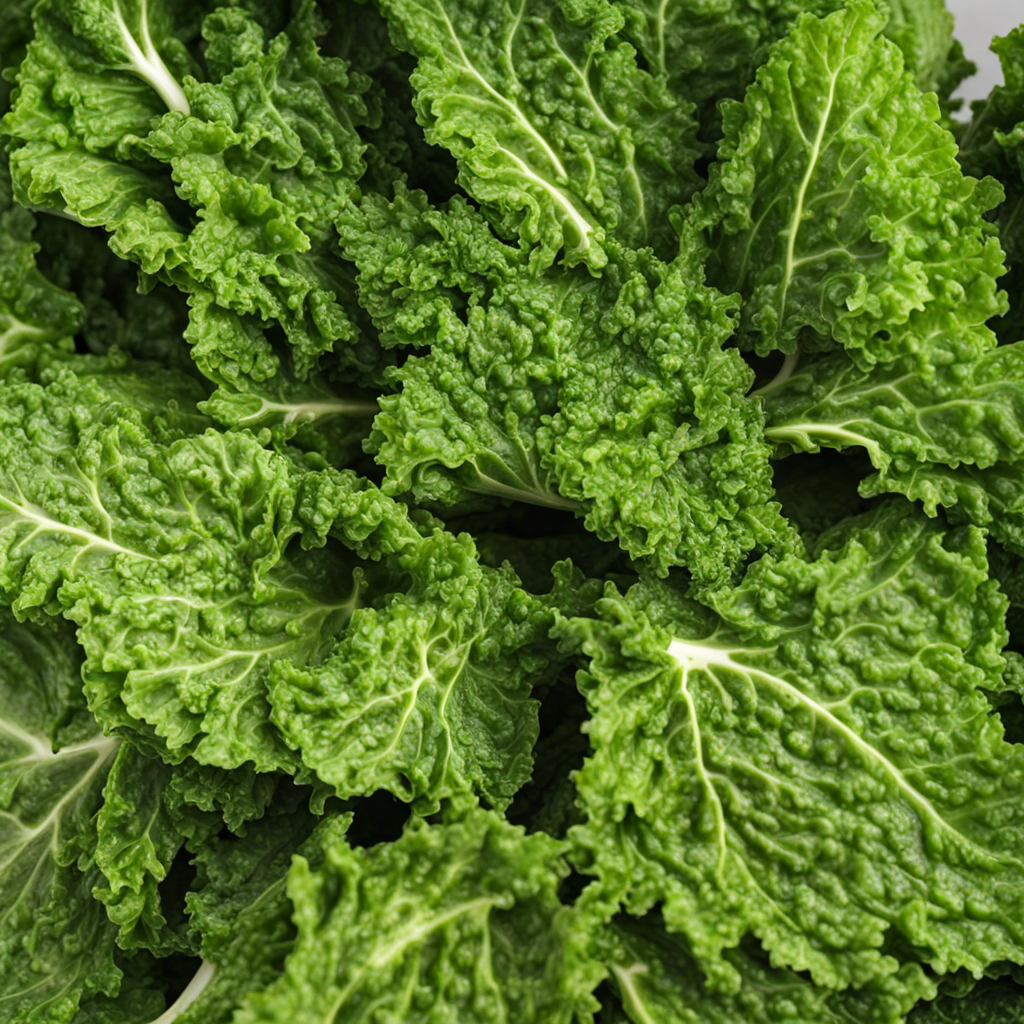Skakavica
Skakavica is a traditional Montenegrin dish that beautifully showcases the rich culinary heritage of the region. This dish is primarily made from tender pieces of meat, often sourced from local livestock, which are marinated in a blend of aromatic spices and herbs. The marinade typically includes garlic, paprika, and a touch of local wine, allowing the flavors to penetrate deeply into the meat. Once marinated, the meat is slow-cooked, ensuring it becomes melt-in-your-mouth tender while absorbing the fragrant essence of the spices. The slow cooking process enhances the dish's depth of flavor, making every bite a delightful experience. Accompanying the meat, Skakavica is often served with a variety of seasonal vegetables. These can include roasted peppers, zucchini, and potatoes, which add a delightful balance to the hearty meat. The vegetables are usually prepared with a drizzle of olive oil and a sprinkle of fresh herbs, highlighting the freshness of local produce. The combination of succulent meat and vibrant vegetables not only creates a visually appealing plate but also offers a harmonious blend of textures and flavors that is characteristic of Montenegrin cuisine. To complete the Skakavica experience, it is traditionally paired with crusty bread or polenta, perfect for soaking up the flavorful juices from the dish. This rustic meal is often enjoyed during family gatherings or festive occasions, embodying the spirit of Montenegrin hospitality. With its robust flavors and comforting elements, Skakavica invites food lovers to explore the authentic tastes of Montenegro, providing a delightful journey into the heart of Balkan culinary traditions.
How It Became This Dish
The Culinary Journey of Скакавица: A Montenegrin Delight Origins: The Roots of Скакавица Скакавица, a traditional dish hailing from Montenegro, is a hearty stew that reflects the rich tapestry of the region's culinary heritage. Its origins can be traced back to the rural communities of Montenegro, where the harsh mountainous terrain and the need for sustenance shaped the local cuisine. The name "Скакавица" is derived from the Montenegrin word "skakati," which means "to jump," possibly alluding to the lively nature of the ingredients and the way they meld together in a bubbling pot. The dish is primarily made from a mix of meats, often including lamb or goat, which are well-suited to the grazing conditions of the rugged Montenegrin landscape. The animals roam freely, grazing on the diverse herbs and grasses that grow in abundance, leading to a rich flavor profile in the meat. Vegetables such as potatoes, carrots, and onions, along with spices and herbs found in the region, complete the stew, making it a wholesome and nourishing meal. Cultural Significance: A Reflection of Community and Tradition Скакавица is more than just a dish; it embodies the spirit of Montenegrin culture and tradition. It is often prepared during significant family gatherings, celebrations, and religious holidays, serving as a symbol of hospitality and community. The preparation of Скакавица is typically a communal affair, where family members come together to cook, share stories, and bond over the meal. This aspect of communal cooking strengthens family ties and preserves cultural traditions, passing down recipes and cooking techniques from one generation to the next. In Montenegrin culture, food is synonymous with love and care. The act of cooking Скакавица is seen as a way to express affection for one’s family and friends. In many households, the recipe is a closely guarded secret, with each family adding its unique twist, making it a personal and cherished dish. The variations in preparation also speak to the resourcefulness of Montenegrin cooks, who adapt the dish according to the ingredients available to them, reflecting the agricultural practices of their specific region. Development Over Time: From Rural Staple to Culinary Icon Historically, Скакавица was a dish prepared mainly by rural families who relied on the resources available to them. As Montenegro's society evolved, so did the dish. In the 20th century, with increased urbanization and the development of the tourism industry, Скакавица found its way onto restaurant menus, introducing it to a broader audience. Chefs began to experiment with the dish, incorporating modern cooking techniques while still respecting the traditional roots. The rise of culinary tourism in Montenegro has further propelled Скакавица into the spotlight. Tourists flock to the region to experience its natural beauty, rich history, and, of course, its diverse cuisine. Restaurants across Montenegro proudly serve Скакавица, often accompanied by local wines and fresh bread. This exposure has led to a renewed interest in traditional cooking methods, with many chefs focusing on farm-to-table practices, sourcing ingredients from local farmers and producers. Furthermore, as Montenegro has gained independence and developed its national identity, dishes like Скакавица have become symbols of national pride. Food festivals celebrating Montenegrin cuisine have emerged, with Скакавица often being a star attraction. These events not only promote local culinary traditions but also foster a sense of community among Montenegrins and celebrate the cultural diversity of the region. The Ingredients: A Symphony of Flavors At its core, Скакавица is a testament to the simplicity and depth of Montenegrin culinary philosophy. The primary ingredients are straightforward, yet they come together to create a dish bursting with flavor. The choice of meat—typically lamb, goat, or sometimes beef—provides a rich and hearty base. The meat is usually slow-cooked to tenderness, allowing it to absorb the flavors of the accompanying vegetables and spices. The vegetables used in Скакавица are reflective of the seasonal bounty of Montenegro. Potatoes and carrots are staples, while onions and garlic provide a robust backdrop of flavor. Herbs such as rosemary, thyme, and bay leaves are commonly used, enhancing the aromatic qualities of the stew. The addition of paprika or chili can add a touch of heat, though Montenegrin cuisine generally favors a milder flavor profile. A defining characteristic of Скакавица is the cooking method. Traditionally, the dish is prepared in a heavy pot or cauldron over an open fire, allowing the ingredients to meld together in a way that enhances their natural flavors. The slow cooking process is crucial, as it not only tenderizes the meat but also allows the spices and aromatics to fully infuse the dish. Modern Interpretations: A New Era for Скакавица In contemporary Montenegrin cuisine, Скакавица is experiencing a renaissance. Chefs are embracing the traditional aspects of the dish while also introducing innovative elements. Some have begun to incorporate international influences, experimenting with different spices or cooking techniques, such as using pressure cookers or sous-vide methods. Vegetarian and vegan variations of Скакавица have also emerged, catering to the growing demand for plant-based options. These versions use hearty vegetables and legumes, maintaining the essence of the dish while offering a modern twist that appeals to a wider audience. Moreover, social media has played a pivotal role in popularizing Скакавица beyond Montenegro's borders. Food bloggers and influencers showcase the dish through vibrant photos and engaging stories, inviting people around the world to experience a taste of Montenegrin culture. This exposure has spurred interest in traditional Montenegrin cuisine, prompting many to seek out authentic recipes and cooking classes. Conclusion: The Enduring Legacy of Скакавица Скакавица stands as a proud representation of Montenegrin culinary heritage, encapsulating the essence of the region's history, culture, and communal spirit. As it evolves with the times, the dish retains its significance, serving as a bridge between generations and a source of pride for Montenegrins both at home and abroad. In a world that increasingly values authenticity and connection, Скакавица is a reminder of the power of food to unite people. Whether enjoyed at a family gathering, a local restaurant, or a festive celebration, the hearty stew continues to warm hearts and nourish souls, affirming its place as a beloved culinary icon of Montenegro.
You may like
Discover local flavors from Montenegro







